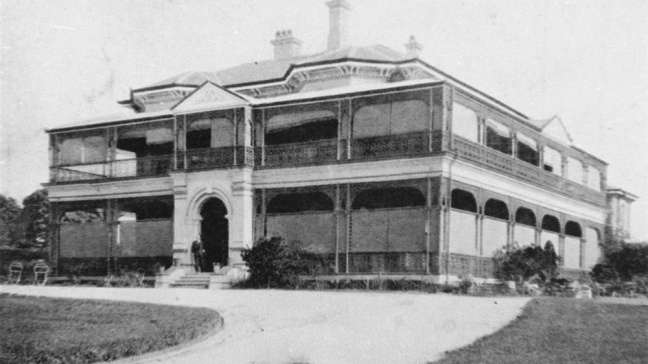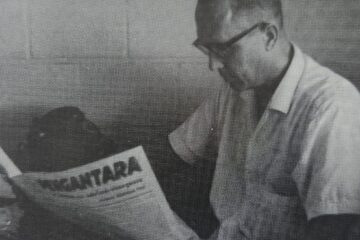During World War II, the Central Bureau was established in 1942 to support General Douglas MacArthur’s South-West Pacific Area Command. This unit brought together intelligence personnel from various countries, including Australia, the United States, the United Kingdom, Canada, New Zealand, and the Netherlands. Concurrently, the Fleet Radio Unit Melbourne (FRUMEL) was formed to assist the United States Navy by intercepting and decoding Japanese radio signals. Both entities played crucial roles in the Allies’ efforts to break Japanese codes and gain a strategic advantage in the Pacific Theater.
Formation and Structure

Central Bureau:
- Initially located in Melbourne, the Central Bureau moved to Nyrambla, a large house in Brisbane, in late 1942.
- The Australian personnel focused on traffic analysis, studying communication patterns to deduce the structure and movements of Japanese units.
- The American personnel were tasked with cryptanalysis, breaking Japanese codes and ciphers to read encrypted messages.
- Contributions from other nations, including the Netherlands, provided additional support.
Operations and Achievements
The Central Bureau instrumental in numerous significant wartime operations:
- Traffic Analysis and Cryptanalysis: Australian personnel tracked the flow of messages, while American personnel decrypted the content. This dual approach allowed for comprehensive intelligence gathering.
- The ‘Garage Girls’: Women from the Australian Women’s Army Service (AWAS), nicknamed the ‘Garage Girls,’ worked in the garage at Nyrambla. They used British TypeX encryption machines to handle encrypted communications and also decrypted intercepted Japanese messages.
- There certainly will also have been interaction with the Allied Translator and Interpreter Section (ATIS) at Indooroopilly
- Key Battles: The intelligence provided by these units played crucial roles in several battles, including:
- Midway
- Milne Bay
- Coral Sea
- Hollandia
- Leyte
- Operation Vengeance: Their efforts contributed to the successful mission that led to the shooting down of Admiral Yamamoto near Bougainville in 1943.
- Japan’s Surrender: On August 14, 1945, following Japan’s offer of surrender, an Australian intelligence officer from Central Bureau established the first direct radio contact with Japan since the war began.
- By the end of the war, Central Bureau had grown to 4,330 personnel.
Post-War Transition
After Japan’s surrender in August 1945, Central Bureau was disbanded. The transition to peacetime operations led to the formation of a new signals intelligence organisation. On July 23, 1946, the Australian government approved the creation of the Defence Signals Bureau , which was established in April 1947. Many former members of Central Bureau joined this new entity, continuing their work in signals intelligence. It is now known as the Australian Signals Directorate.
Significance and Legacy
Central Bureau is often compared to Bletchley Park in the UK due to its significant contributions to signals intelligence and code-breaking during WWII. The collaboration and integration of intelligence personnel from multiple Allied nations prefigured the modern “Five Eyes” intelligence alliance. The work done by Central Bureau laid the foundation for post-war signals intelligence and established a legacy of international cooperation in intelligence operations.
See also:

